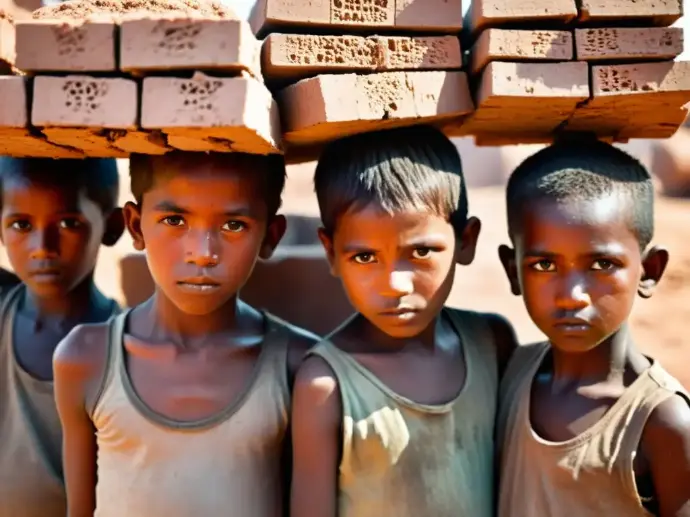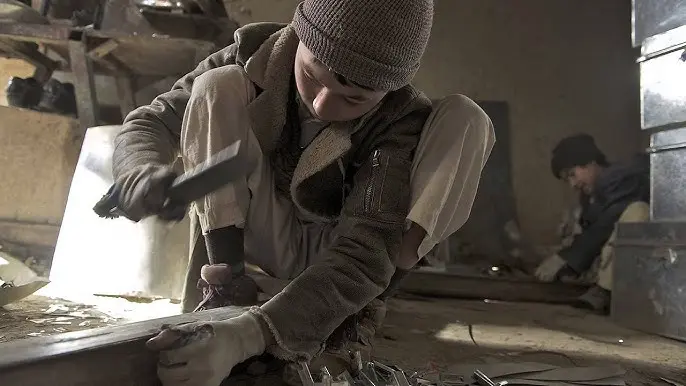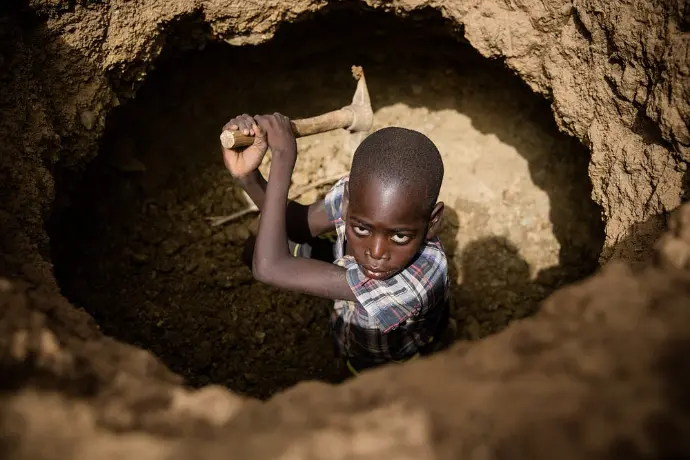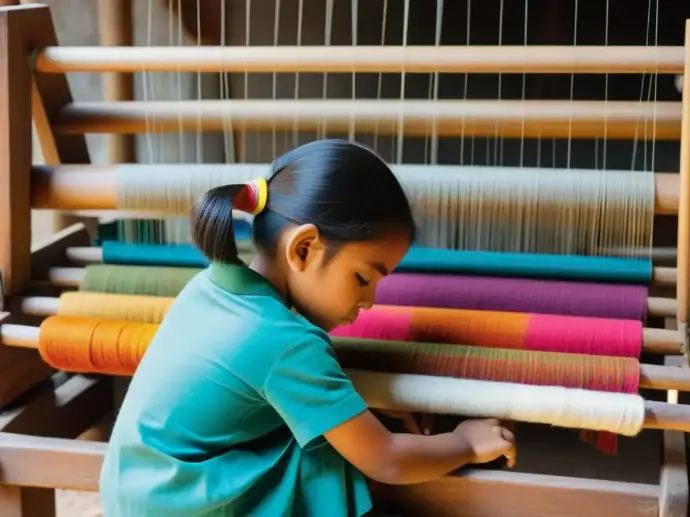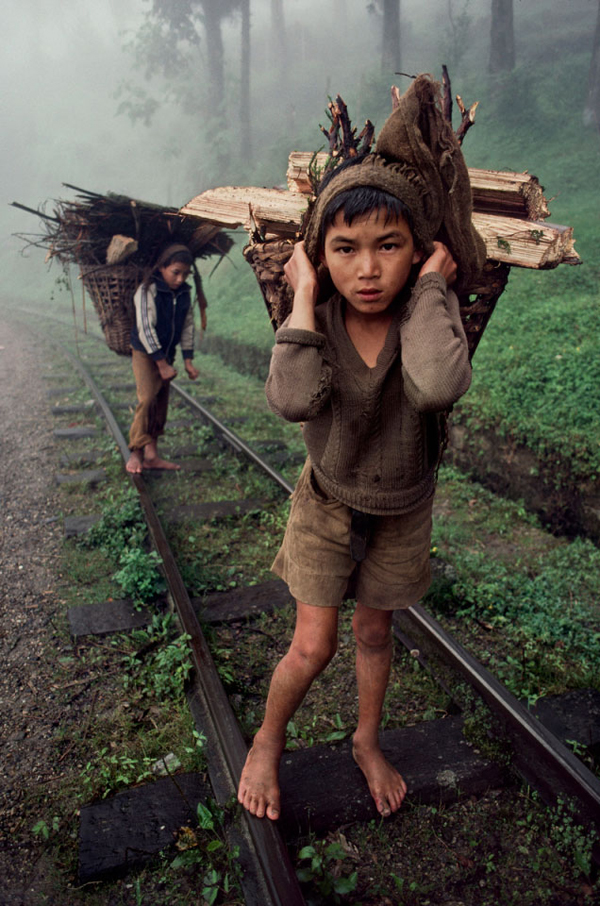Relationship with other social problems
Child labour not only has a direct impact on the lives of children, but is also closely related to other social problems, such as poverty, gender inequality and lack of access to basic services. In many cases, families are forced to send their children to work due to their precarious economic situation, perpetuating a cycle of poverty that affects multiple generations.
In addition, child labour is linked to the violation of other fundamental rights, such as health and education. Children who are exploited in labour are more likely to suffer injuries, illnesses and emotional disorders, which affects their overall well-being and future development. Likewise, the lack of access to education perpetuates the intergenerational transmission of poverty, undermining the possibilities of social mobility and the empowerment of the most marginalised communities.
Therefore, addressing child labour in a comprehensive manner also implies facing other interconnected social problems, promoting strategies that address the underlying causes and strengthen the social fabric as a whole.
Human and economic cost
The human cost of child labour is incalculable, as it has a profound and lasting impact on the lives of children who are exploited. The deprivation of a dignified childhood, the constant risk of suffering accidents or illnesses and the limitation of their future opportunities are just some of the devastating consequences of this reality.
From an economic perspective, child labour also represents a significant cost for society as a whole. The exploitation of children contributes to the perpetuation of poverty, inequality and social exclusion, generating long-term negative impacts on the economic and social development of communities. Likewise, the lack of investment in the education and well-being of children limits the productive and creative potential of future generations, weakening the capacity of societies to prosper sustainably.
Child labour not only represents an unacceptable human cost, but also generates negative impacts at the economic and social level, weakening the very foundations of sustainable development and the construction of fair and equitable societies.
Conclusions
Child labour remains one of the most serious violations of human rights worldwide. Despite the efforts made, millions of children and adolescents continue to be exploited in labour, which significantly affects their physical, mental, emotional and social development.
To protect the rights of children and adolescents, it is crucial to implement concrete actions at local, national and international levels. This includes strengthening laws and policies that prohibit child labour, as well as creating assistance and protection programmes for families in vulnerable situations, in order to prevent minors from being forced to work.
In addition, it is essential to promote the importance of raising awareness and education about children's rights, both in schools and in society at large. Collective awareness on this issue can generate a significant change in the way child labour is perceived and addressed.
A global commitment to eradicate child labour is essential. Governments, international organisations, companies and society as a whole must join forces to combat this problem. This involves implementing coordinated strategies, allocating adequate resources and closely monitoring the situation of children and adolescents at risk.
Frequently Asked Questions
1. What is the definition of child labour?
Child labour refers to any form of work that deprives children of their childhood, potential and dignity, and is detrimental to their physical and mental development.
2. What are the consequences of child labour on society?
Child labour has a negative impact on society by perpetuating the cycle of poverty, limiting educational opportunities and increasing the risk of child exploitation and abuse.
3. What are the worst forms of child labour?
The worst forms of child labour include slavery, forced recruitment for armed conflict, sexual exploitation, the use of children in illicit activities and any work that endangers the health and safety of children.
4. What is being done globally to combat child labour?
Globally, education programmes, social protection policies, labour inspections and legislative actions are being implemented to combat child labour and promote the fulfilment of children's rights.
5. How can I contribute to the fight against child labour?
You can contribute to the fight against child labour by supporting organisations that work to protect children's rights, promoting responsible consumption and demanding that companies respect labour rights and do not employ child labour.
Final reflection: The impact of child labour on society
The impact of child labour remains an alarming reality in today's society, affecting millions of children around the world.
This problem not only leaves scars on the childhood of those who suffer from it, but also shapes the future of our society. "Children are the most valuable resource and their best hope for the future," as John F. Kennedy said, and it is our responsibility to protect their right to a safe childhood free from exploitation (UNICEF).
It is crucial to reflect on how each of us can contribute to eradicating child labour and ensuring a safe and conducive environment for the development of all children. Our commitment to the protection of children defines the direction that our society will take in the future.

 IHRO NEWS
IHRO NEWS